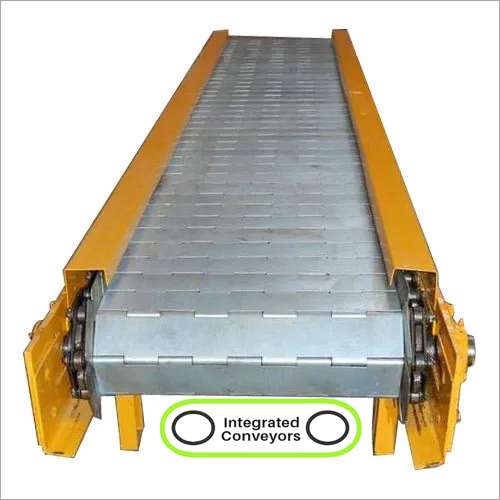
Industrial Milk Loading Crate Conveyor
28500.00 INR/Unit
Product Details:
- Length 60-100 Foot (ft)
- Material Mild Steel
- Type Belt Conveyor
- Structure Belt
- Load Capacity 1-50 Kilograms (kg)
- Click to view more
X
Industrial Milk Loading Crate Conveyor Price and Quantity
- 28500.00 INR/Unit
- 1 Unit
Industrial Milk Loading Crate Conveyor Specification
- 1-50 Kilograms (kg)
- Belt
- Belt Conveyor
- Mild Steel
- 60-100 Foot (ft)
Industrial Milk Loading Crate Conveyor Trade Information
- 5 Unit Per Month
- 4 - 6 Week
Product Description
An industrial milk loading crate conveyor is a system used in dairy processing facilities or milk production plants to automate the movement of milk crates during the loading process. This type of conveyor system is designed to efficiently transport crates filled with milk bottles or other dairy products from one location to another within the facility.
Here are key components and features typically associated with an industrial milk loading crate conveyor:
1. Conveyor Belt: The conveyor belt is a fundamental component that moves the milk crates from the loading area to other sections of the facility. The belt is usually made of durable materials to withstand the weight and rigors of continuous use.
2. Loading Station: This is the point where empty or filled milk crates are placed onto the conveyor system. It may include a mechanism for aligning the crates to ensure they are properly positioned on the conveyor belt.
3. Automation System: Modern conveyor systems often incorporate automation to enhance efficiency. This may include sensors, scanners, or other devices to detect the presence of crates, control the speed of the conveyor, and manage the overall flow of crates through the system.
4. Adjustable Speed and Incline: The conveyor system should have adjustable speed controls to accommodate different production rates. Additionally, some systems may include an incline or decline feature to facilitate the movement of crates between different levels of the facility.
5. Diverters and Sorting Mechanisms: In larger facilities with multiple production lines or processing areas, diverters and sorting mechanisms may be incorporated to direct crates to their respective destinations.
6. Safety Features: Safety is a critical consideration in industrial environments. Emergency stop buttons, safety guards, and warning systems are often integrated to ensure the well-being of workers and prevent accidents.
7. Material and Design: The conveyor system is typically made of materials that meet hygiene standards, such as stainless steel, to ensure the cleanliness of the milk production environment. The design should also facilitate easy cleaning and maintenance.
8. Customization: Conveyor systems can be customized based on the specific needs of the dairy facility. This includes considerations for crate size, weight, and the layout of the production area.
Frequently Asked Questions (FAQ):
1. What is a milk loading crate conveyor?
Ans: A milk loading crate conveyor is an industrial system designed to automate the movement of milk crates within a dairy processing facility. It efficiently transports empty or filled crates from a loading station to other areas of the facility for further processing or distribution.
2. How does a milk loading crate conveyor work?
Ans: The conveyor system typically consists of a conveyor belt that moves crates from the loading station to other parts of the facility. Automation features, such as sensors and controls, manage the speed and flow of crates. The system may include sorting mechanisms to direct crates to specific destinations.
3. What are the key components of a milk loading crate conveyor?
Ans: Key components include the conveyor belt, loading station, automation system, adjustable speed and incline controls, diverters, safety features, and materials designed to meet hygiene standards.
4. Why is automation important in milk loading crate conveyors?
Ans: Automation improves efficiency by reducing manual labor, ensuring consistent crate movement, and enabling precise control over the loading process. It also enhances safety and allows for integration with other production processes.
5. What types of sensors are used in milk loading crate conveyors?
Ans: Sensors may include proximity sensors to detect crate presence, photoelectric sensors for accurate positioning, and weight sensors for load verification. These sensors contribute to the automation and control of the conveyor system.
6. Can a milk loading crate conveyor handle crates of different sizes?
Ans: Yes, many conveyor systems are designed to be adjustable and can accommodate different crate sizes. Customization options are often available to meet the specific needs of the dairy facility.
7. Are there safety features integrated into milk loading crate conveyors?
Ans: Yes, safety features are crucial. Emergency stop buttons, safety guards, and warning systems are commonly integrated to ensure the well-being of workers and prevent accidents.
8. How is maintenance handled for milk loading crate conveyors?
Ans: Conveyors are designed for easy maintenance. Regular cleaning and inspection routines are recommended to ensure optimal performance. Some systems may include features like quick-release mechanisms for belts or easy access to key components.
9. Can a milk loading crate conveyor be integrated into existing production lines?
Ans: Yes, many conveyor systems are designed to be adaptable and can be integrated into existing production lines. Customization options allow for seamless integration with specific facility requirements.
10. What are the benefits of using a milk loading crate conveyor?
Ans: Benefits include increased efficiency, reduced manual labor, improved safety, precise control over crate movement, and the ability to customize the system to meet the unique needs of the dairy facility.
Tell us about your requirement

Price:
Quantity
Select Unit
- 50
- 100
- 200
- 250
- 500
- 1000+
Additional detail
Mobile number
Email


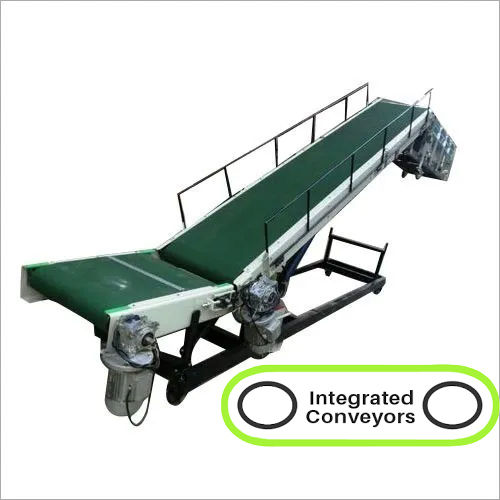
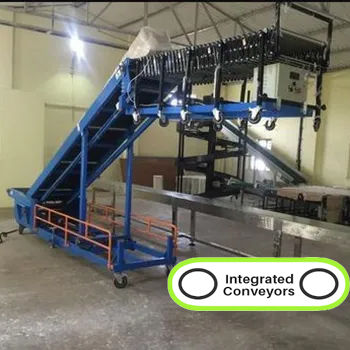
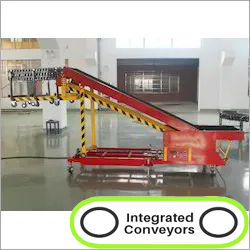
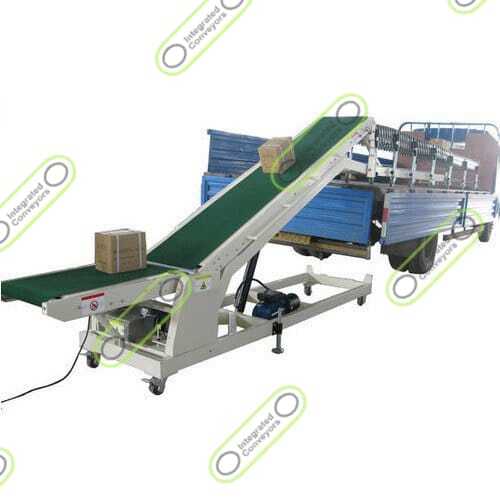
 Contact Us
Contact Us Send Inquiry
Send Inquiry
